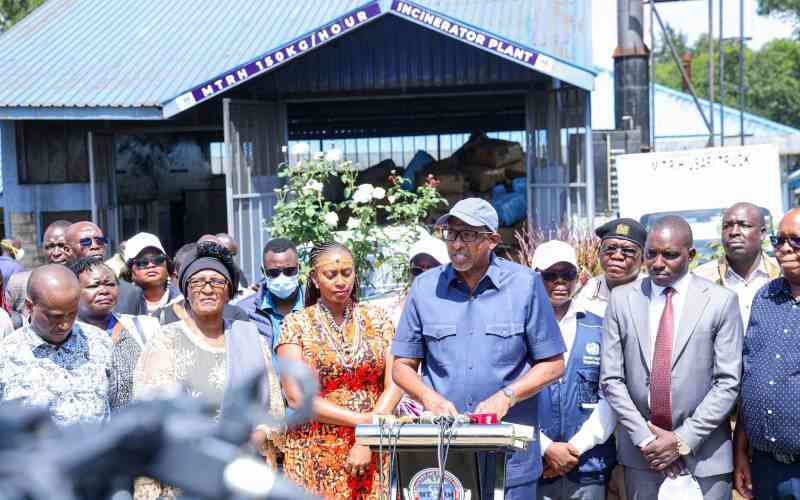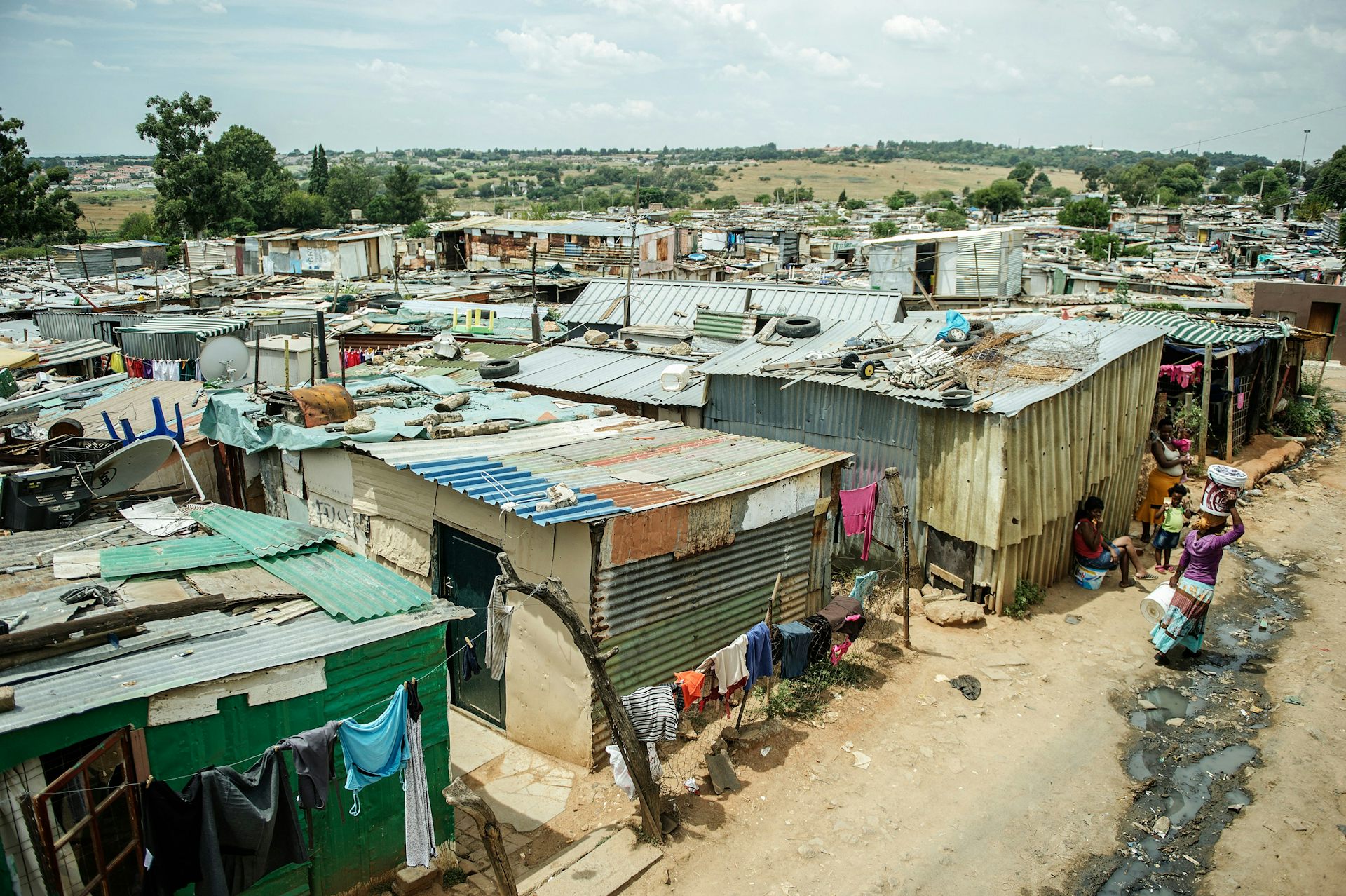New Book Chronicles Lives of Young Men on South Africa's Urban Margins

South Africa's young population, specifically those aged 15 to 34 who constitute over half of the nation's working-age demographic, bears a significant and disproportionate burden of unemployment. This challenge has persisted for more than a decade, with individuals aged 15-24 facing the most substantial barriers to entering the job market. A majority of these young people reside in the country's townships and informal settlements, according to data from Statistics South Africa.
Anthropologist Hannah Dawson's book, "Making a Life: Young Men on Johannesburg's Urban Margins," provides an in-depth examination of this crisis by focusing on the experiences of young men in Zandspruit, an informal settlement located on the outskirts of Johannesburg. Dawson's research, which began in 2011 sparked by local election protests, spanned over a decade, tracing how these young men construct their lives amidst precarious conditions.
Zandspruit, established in the early 1990s, has grown into a densely populated area of approximately 50,000 people. Its development reflects broader post-apartheid South African trends, including rapid urbanisation, inadequate urban housing infrastructure, and pervasive unemployment and underemployment, marked by a significant shift from permanent, formal jobs to casual and informal forms of work.
A key distinguishing feature of Zandspruit is its strategic proximity to post-apartheid economic hubs such as Kya Sands, with its light industries, and Lanseria Airport, a growing freight and logistics center slated for expansion. It also borders affluent suburbs and golf estates. This location, distinct from older, more isolated settlements, makes Zandspruit a preferred destination for migrants from rural South Africa and other parts of the African continent seeking a foothold in the urban economy. Consequently, it serves as an important case study for understanding how residents access urban job markets and the complex connections between wage and non-wage economic activities.
Dawson's findings, primarily drawn from following the work and lives of young men over ten years, indicate that they actively strive to "make a life" that extends beyond mere survival. They navigate structural unemployment and inequality by forging crucial social ties, asserting a sense of belonging, and pursuing alternative livelihoods within what Dawson describes as Zandspruit's "redistributive economy."
The concept of "making a life," as explored in the book, involves the pursuit of social connection, identity, a sense of place, and dignity. For many of the young men Dawson encountered, this often meant rejecting demeaning, low-wage jobs in favor of self-initiated income strategies that offered greater autonomy. These strategies included renting out shacks, running internet cafes or car washes, or operating as mashonisas (unregistered loan sharks).
These endeavors are more than just indicators of personal resilience; they reveal how a young man's social position and connections within the settlement significantly shape his access to the more lucrative niches of the local economy. While these young men face deep and persistent material insecurity, Dawson's research highlights their agency in actively building lives and crafting meaning in a context marked by chronic unemployment and profound inequality.
The research also sheds light on significant urban inequality within Zandspruit itself. Dawson identifies a crucial division between "insiders" – long-term residents who often have access to property and benefit from rental income – and "outsiders" – new arrivals and immigrants who, typically as tenants, are more dependent on low-paid, often precarious, jobs.
These distinctions between insiders and outsiders profoundly shape access to land, housing, livelihood opportunities, and local recognition within the settlement. Most immigrants form a precarious tenant class, while landlords tend to be established residents with long-standing ties to Zandspruit. This illustrates that Zandspruit is a deeply stratified space where social connections, access to property, and local forms of citizenship determine who belongs and who benefits from the local economy.
Dawson's book directly challenges common media and policy narratives that often portray unemployed youth as idle and disconnected from society. Her work emphasizes the complex, often invisible, economic activities and social arrangements that structure their lives. These pursuits, while informal and sometimes unstable, reflect resourcefulness, local knowledge, and a conscious rejection of degrading forms of labor.
Furthermore, "Making a Life" questions the notion that informal entrepreneurship alone can solve the crisis of youth unemployment, pointing out that most such enterprises are too precarious to lift young people out of poverty. It also contests the characterization of informal settlements as simply ghettos of exclusion and poverty. Instead, Dawson's research highlights the dynamic, albeit unequal, local economies and social orders being forged within these spaces.
Ultimately, the book underscores that a nuanced understanding of these complex dynamics – the agency of young people, the internal stratification of settlements like Zandspruit, and the limitations of current approaches – is crucial for rethinking how public policy can more effectively respond to the intertwined challenges of youth unemployment, the urban housing crisis, and pervasive inequality in South Africa.









